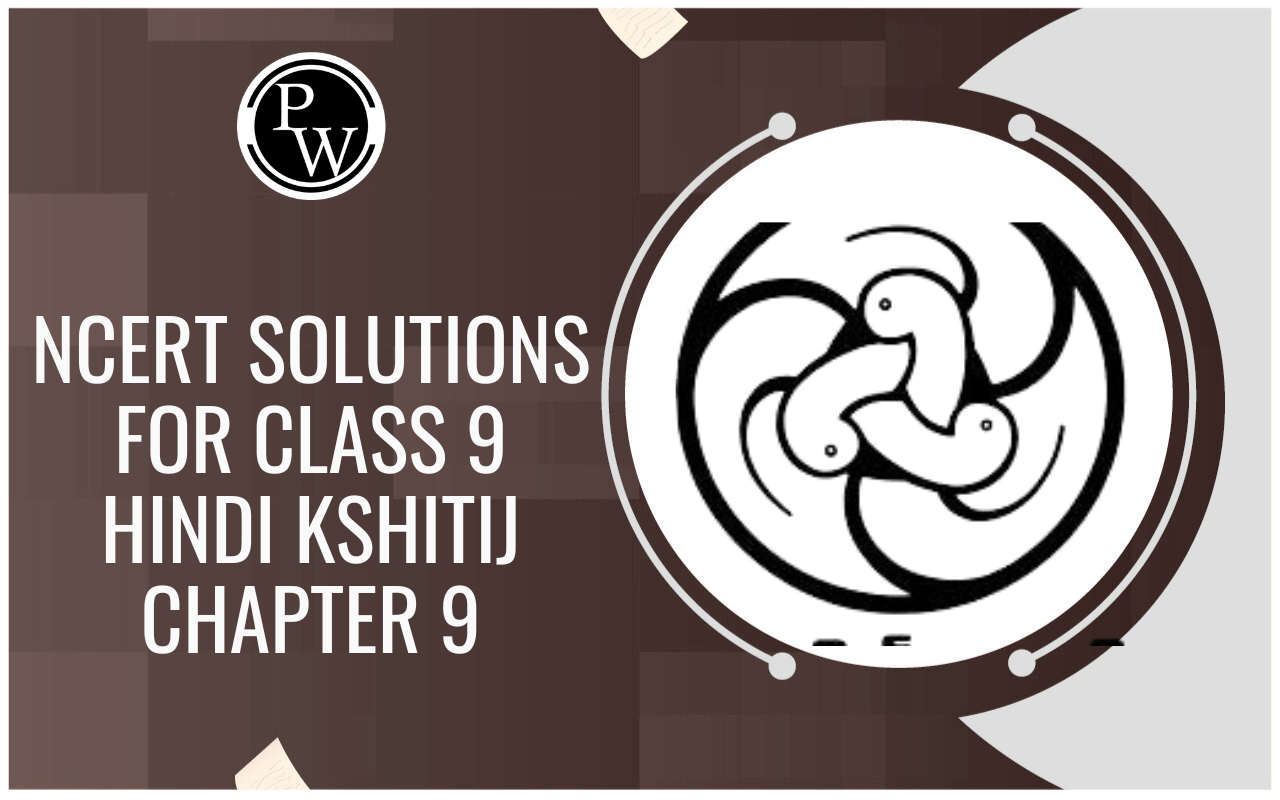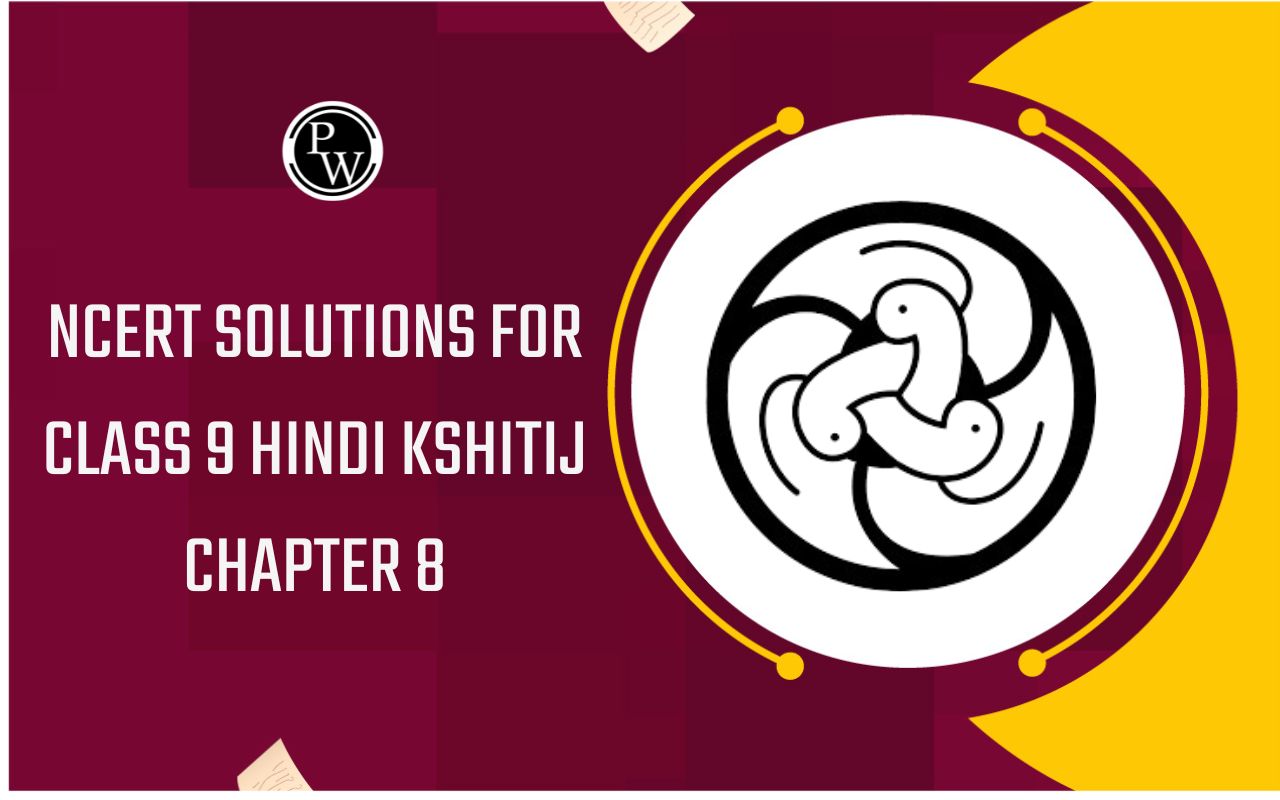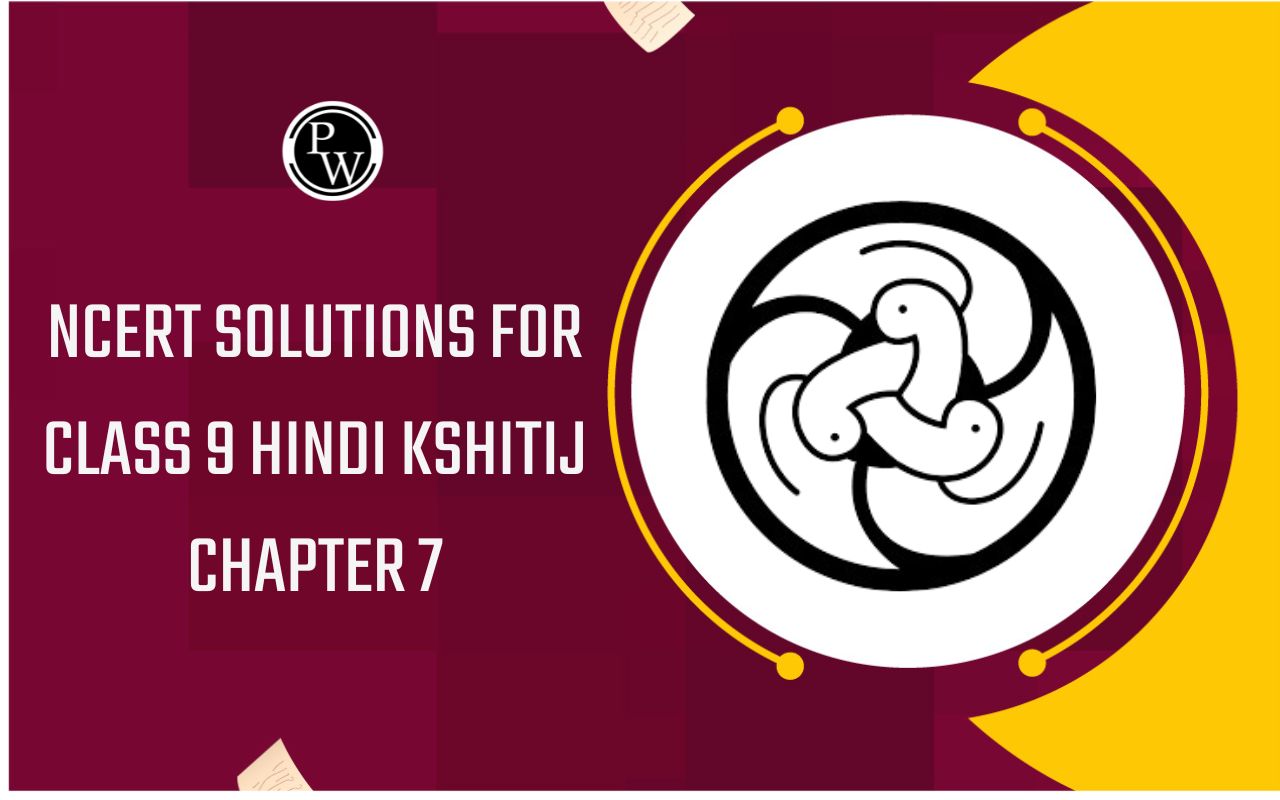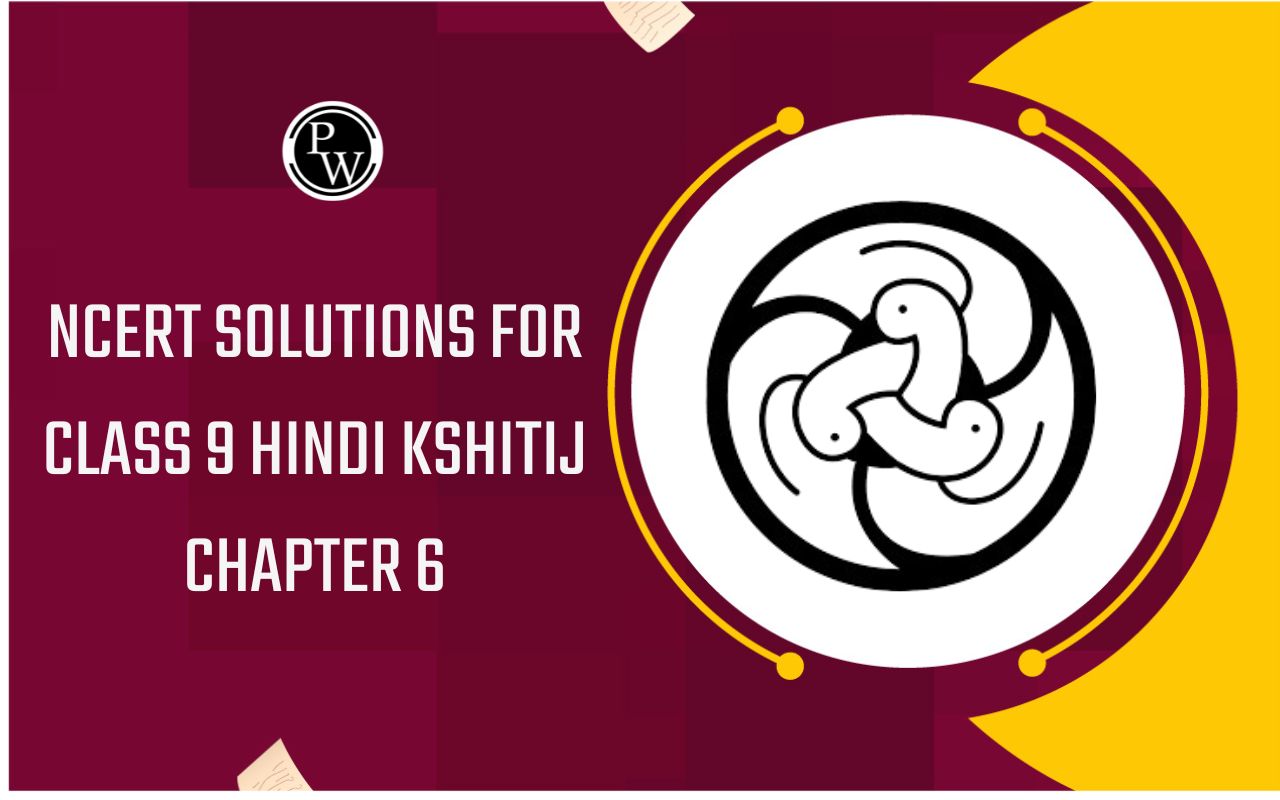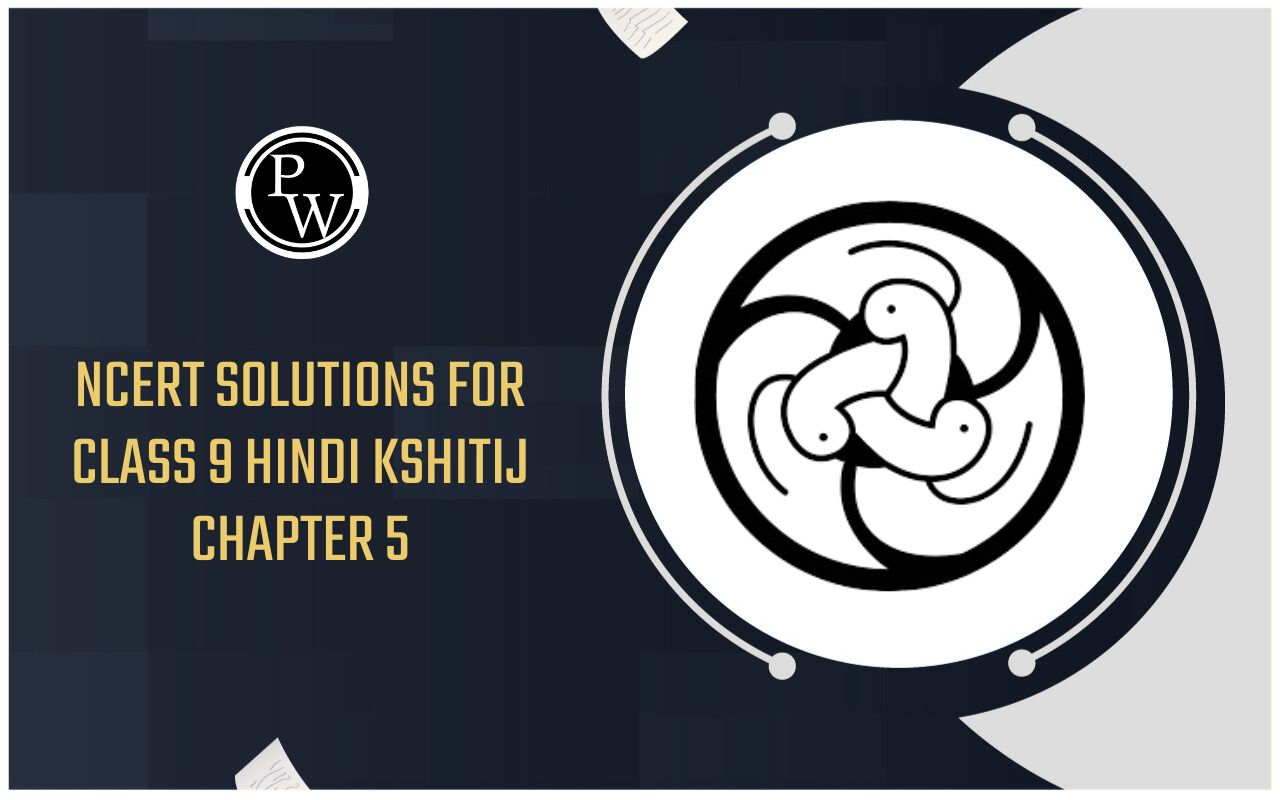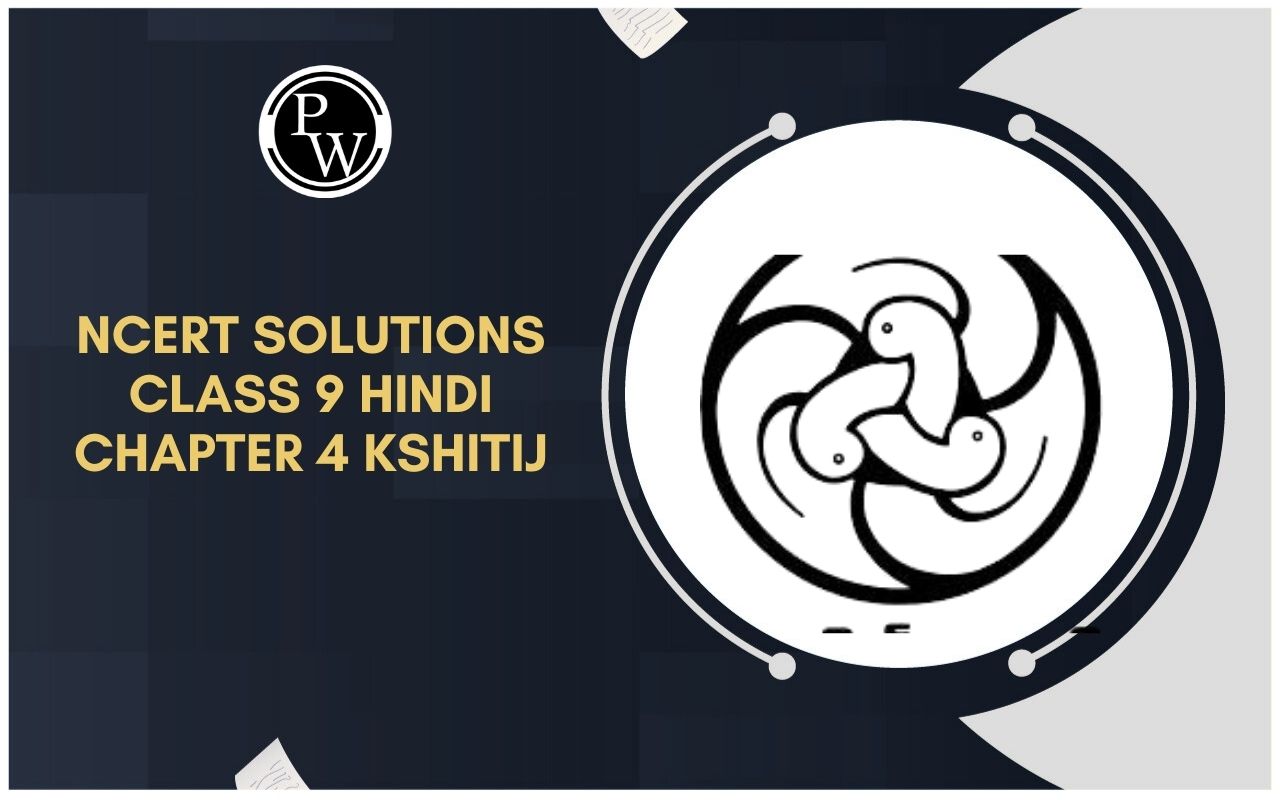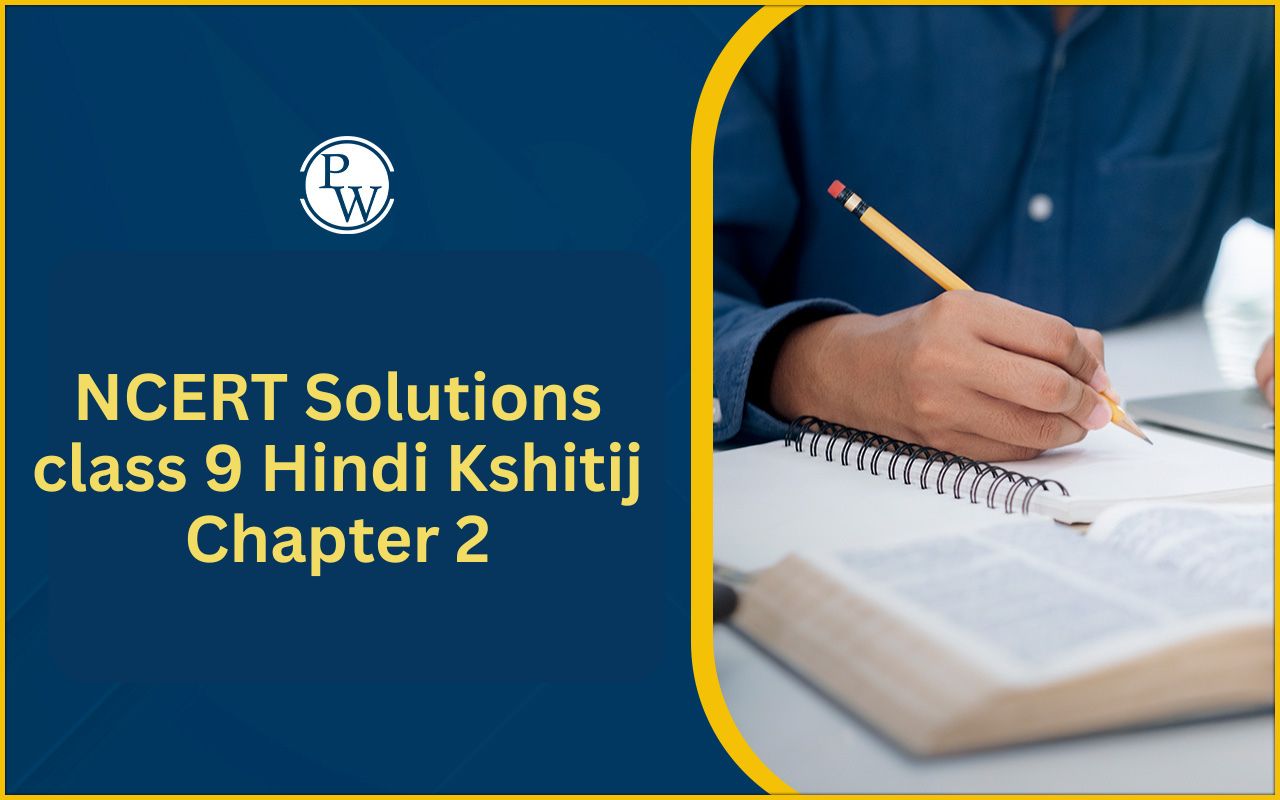
Asteraceae (Compositae)
Families Of Angiosperms of Class 11
About Compositae
Systematic Position
Class -Dicotyledonae
Sub-class-Gamopetalae
Series-Inferae
Order-Asterales
Family-Asteraceae
It is the largest family of dicot plants comprising 950 genera and about 20,000 species including about 1000 from india. It is commonly known as the ‘sunflower family’.
Distinguishing features :
(1) Inflorescence head or capitulum with ray and disc florets surrounded by involucral bracts.
(2) Flowers small, sessile and are called florets.
(3) Flowers epigynous.
(4) Calyx modified into hair like structure-pappus.
(5) Ray florets are zygomorphic, ligulate, neuter or pistillate.
(6) Disc florets are sessile, bracteate, actinomorphic and tubular.
(7) Androecium 5, syngenesious and epipetalous.
(8) Bicarpellary, syncarpous, inferior ovary unilocular with basal placentation.
(9) Fruit is cypsella.
F.F. Disc floret Br.
 .
.
Ray floret %
 or neuter Kpappus C(5) A0
or neuter Kpappus C(5) A0

Economic importance :
The seeds of safflower, sunflower and Artemisia yields oil used for cooking and soap-making. The roots of chicory (Cichorum intybus) and Helianthus tuberosum and leaves of Lactuca sativa are edible. Artemisia yields santonin used as vermifuge. Solidago is used in dropsy, the roots of Taraxacum are useful in bowel disorders. The juice of Emilia sonchifolia leaves used in eye inflammation and for curing night blindness. Eclipta alba is used as a tonic in spleen enlargement. Centipeda orbicularis is used in cold and toothache. The capitulum of Chrysanthemum roseum and C.cinerariaefolium and used as insecticide.
Important plants :
(1) Helianthus annuus (Sunflower)
(2) Tagetes patula (French Marigold)
(3) Carthamus tinctorius (Safflower)
(4) Chrysanthemum species
(5) Dahlia
(6) Cosmos
(7) Aster
(8) Helichrysum (Ever lasting or paper flower)
(9) Helianthus tuberosus (Jerusalem artichoke)
(10) Parthenium hysterophorus (Congress grass)
(11) Zinnia
(12) Gerbera
(13) Calendula (Pot marigold)
(14) Bellis (Daisy)
(15) Lactuca (Garden lettuce)



